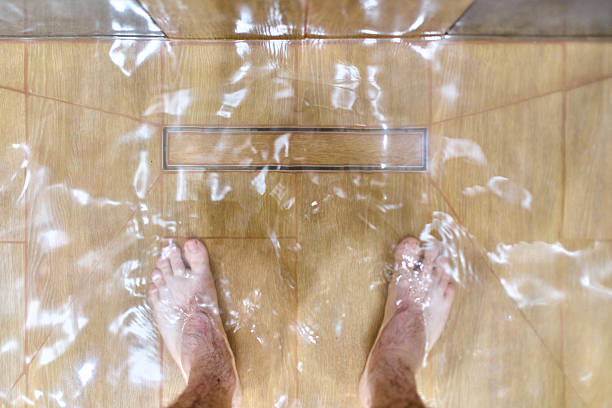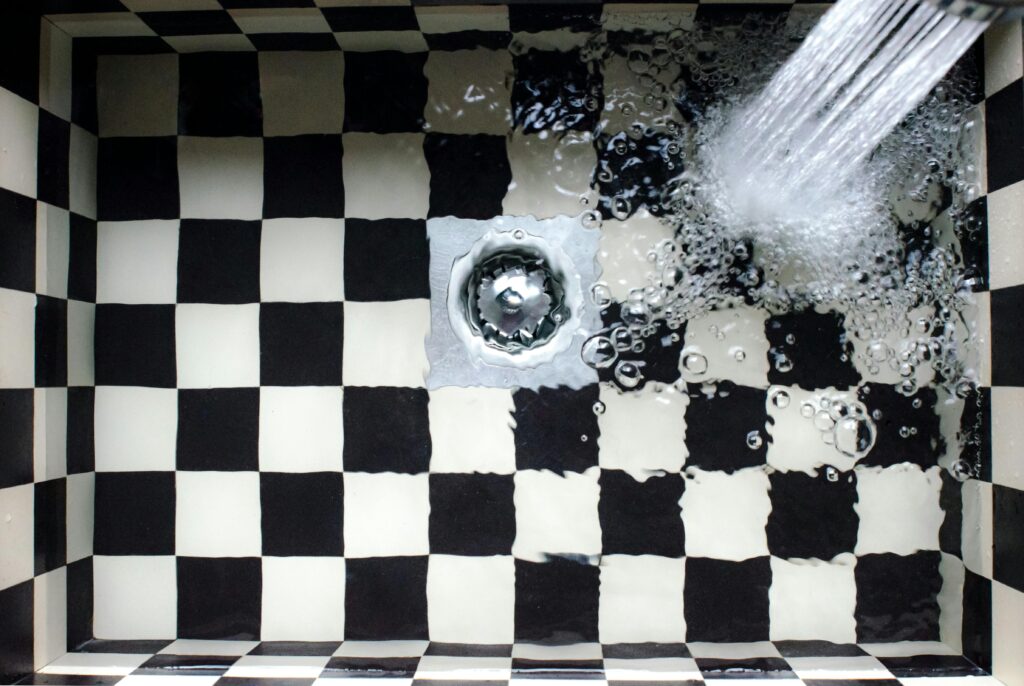Slow drains can be a common yet frustrating issue in many households. Homeowners might dismiss these inconveniences as minor annoyances. A slow drain can be an early warning sign of more significant plumbing problems. Addressing these issues can avoid unexpected costs and extensive repairs. Here, we will explore effective solutions for slow drains and provide you with DIY methods and professional assistance options.
Identifying Common Causes of Slow Drains
Before attempting to fix a slow drain, understand the underlying causes. In kitchens, the most common culprits are grease, oils, and food scraps that cling to the inside of pipes. These substances harden and create stubborn buildups that narrow the passageway for water. Bathrooms are more plagued by hair, soap scum, and even toothpaste residue, which can form dense clogs that resist simple flushing.
Homes with older plumbing or outdoor sewer lines may face problems caused by tree roots that infiltrate underground pipes in search of water. Even mineral buildup from hard water can contribute to slow drainage.
When to Call in Professional Help
If multiple drains throughout the house are draining slowly, the issue may point to a deeper problem within the sewer line rather than isolated clogs. In this situation, you will need drain cleaning plumbers to address this issue. Sewer blockages can cause widespread disruption and require hydro-jetting systems or advanced inspection cameras.
Even look for recurring slow drains that resist repeated attempts at cleaning. Persistent clogs signal hardened grease, mineral buildup, or even pipe damage that cannot be handled without specialized tools. Unpleasant odors, gurgling sounds, or water backing up into other fixtures are indicators of a larger issue. In these cases, delaying professional help may worsen the damage and increase repair costs.
DIY Remedies to Clear Slow Drains
Homeowners prefer to try simple remedies before hiring professionals, and several do-it-yourself approaches can be surprisingly effective for minor clogs. The most popular method uses everyday household items: baking soda and vinegar. Pour a cup of baking soda followed by a cup of vinegar into the drain, and you trigger a fizzing reaction that can loosen smaller blockages.
After waiting around 15 minutes, flushing with hot water can wash away debris. For grease-related clogs, boiling water alone may be effective. Pouring it slowly down the drain helps dissolve fatty deposits and restores better water flow. A salt and baking soda mixture can act as a mild abrasive to scrub pipe interiors. These solutions are inexpensive, safe for plumbing, and environmentally friendly compared to chemical cleaners.
Utilizing Manual Tools for Drain Cleaning
Natural or chemical-free remedies are not enough, yet manual tools can solve the problem. A plunger is the most effective tool for dislodging minor clogs. By creating a strong seal over the drain and applying firm pressure, the suction can loosen obstructions and restore water movement.
The drain snake (or auger) is a flexible, coiled tool that can reach deep into pipes to snag or break apart blockages that plungers cannot touch. Manual augers are affordable and widely available, making them practical for households that experience occasional drain problems. Regularly using manual tools as part of home maintenance can keep drains clear and minimize the buildup of troublesome debris.
Preventative Measures for Maintaining Clear Drains
Dealing with slow drains means preventing them from developing in the first place. Simple daily habits make a difference. Using drain screens or hair catchers in bathroom sinks and showers greatly reduces the amount of hair and soap residue that enters pipes. In kitchens, avoiding the disposal of grease, oils, and food scraps down the drain prevents buildup that commonly leads to clogs. Instead, these items should be discarded in the trash or collected in a separate container.
Flushing drains with boiling water or a baking soda and vinegar solution keeps them clean and fresh. Teaching all household members about proper disposal practices guarantees consistent care. Preventive efforts extend the life of plumbing systems and save time and money that would otherwise be spent on repairs or professional interventions.
The Role of Pipe Maintenance
Pipes may suffer from corrosion, cracks, or mineral buildup in areas with hard water. Routine inspections, performed by professionals using video cameras, can detect these issues early before they escalate. Insulating pipes in colder climates prevents freezing, which can lead to cracks or bursts that severely disrupt water flow.
Outdoor plumbing systems are vulnerable to invasive tree roots that naturally seek moisture, and root intrusion can cause serious blockages and even structural damage to pipes. Addressing these risks helps maintain smooth operation. Regular cleaning with safe, non-corrosive solutions is another effective practice for preserving pipe integrity. A well-maintained pipe system reduces the risk of costly emergency repairs and prolongs the lifespan of household plumbing.
Understanding the common causes of slow drains is the first step in addressing the problem effectively. DIY remedies provide quick fixes, and manual tools serve as necessary backup options. In cases where the problem persists, calling in professional plumbers provides a thorough diagnosis.
Preventative measures can decrease future drain issues and emphasize the importance of proper maintenance. By staying proactive with pipe care and utilizing eco-friendly methods, homeowners can maintain effective plumbing systems.
Published by HOLR Magazine.




